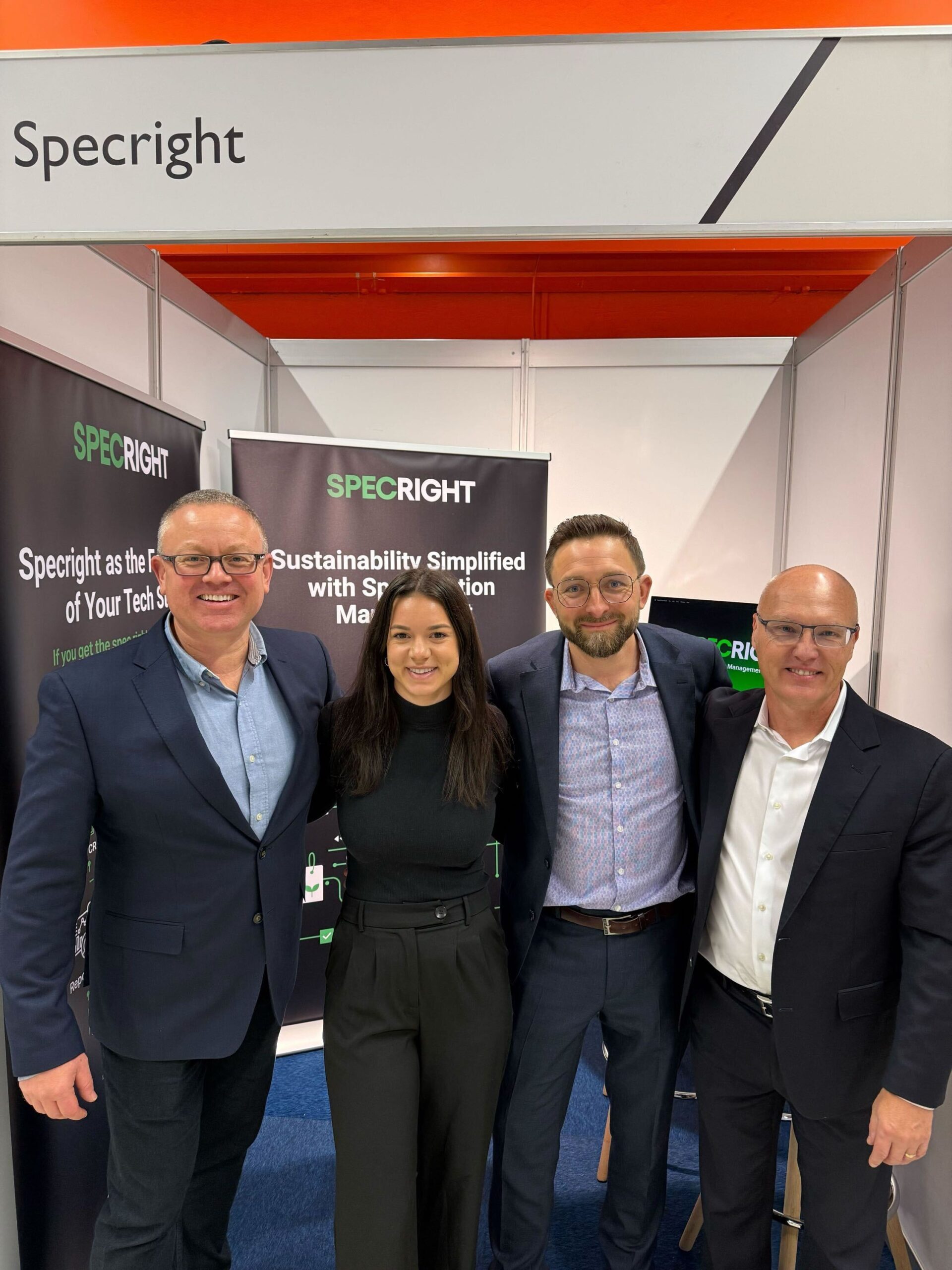The packaging sector is undergoing significant shifts driven by cost pressures, technological advancements, and global packaging legislation. For supply chain leaders responsible for strategy, adapting to these transformative trends is crucial for optimizing costs, enhancing sustainability, and ensuring compliance.
Gartner recently released the “2025 Top Trends Transforming Supply Chain Packaging Strategies”, that are reshaping how packaging is developed, managed, and leveraged within supply chains. These trends are not only interrelated but also critical for achieving holistic and strategic improvements.
The Top 5 Packaging Strategies Identified
1. Cost Optimization Through Data and Waste Reduction
Historically, organizations have struggled with packaging cost optimization due to fragmented specification data spread across multiple suppliers and formats. However, the focus on sustainability is driving greater transparency in packaging usage, making cost optimization more achievable. By harmonizing specifications and improving data intelligence, organizations can negotiate better terms with suppliers and reduce waste, leading to significant cost savings.
2. Resetting Voluntary Sustainable Packaging Goals
Many organizations initially set ambitious sustainable packaging goals, such as eliminating plastic usage by 2025. However, technical and financial challenges have led companies to revise these goals, extending deadlines and refining targets to be more attainable by 2030.
“By 2025, 90% of public sustainable packaging commitments won’t be met due to reliance on plastics and single-use packaging.” – 2025 Top Trends Transforming Supply Chain Packaging Strategies, Gartner, Published 17 March 2025.
Leading brands have started to publicly reset their packaging goals, acknowledging the need for more time and innovation to overcome current constraints. This trend is paving the way for a more realistic approach to sustainable packaging, balancing ambition with realistic action.
3. Increase in Sustainable Packaging Legislation
The regulatory landscape is becoming increasingly stringent with packaging-specific legislation like the EU’s Packaging and Packaging Waste Regulation (PPWR) and various Extended Producer Responsibility (EPR) laws in North America. These laws require detailed reporting on packaging use and impose financial penalties for non-compliance. Organizations must pivot to meet these new demands, which can also drive cost optimization through packaging reduction and standardization.
4. Label and Artwork Management Upgrade Cycle
Mismanaged labeling and artwork processes can lead to costly recalls and regulatory fines. Advanced label and artwork management (LAM) software is enabling organizations to streamline these processes, reduce errors, and accelerate time-to-market. The adoption of cloud computing, machine learning, and AI in LAM software is crucial for maintaining compliance and protecting brand equity.
“By 2028, the label and artwork management market will be dominated by a small handful of vendors who have mastered cloud, machine learning and AI capabilities.” 2025 Top Trends Transforming Supply Chain Packaging Strategies, Gartner, Published 17 March 2025.
5. Investments in Specification Data Management for Packaging
Accurate specification data is foundational for meeting regulatory requirements and optimizing packaging strategies. Many organizations are investing in upgraded data management systems, like Specright’s Specification Data Management (SDM) platform, to improve spec data quality, traceability, and compliance. This investment not only addresses legislative requirements but also enhances procurement and quality control processes.
By addressing these trends, organizations can transform their packaging operations to drive quality, customer delight, and profitability while ensuring compliance with emerging global standards.
Want to learn more about how to take strategic action on these trends? Download Gartner®: 2025 Top Trends in Transforming Supply Chain Packaging Strategies here or connect with my team here.
Explore More Blogs
Get Started
With Specright’s Solution Suite, you can digitize, centralize, and link your specification data to drive efficiencies, intelligence, traceability, and collaboration within your organization and across your supply chain network.




